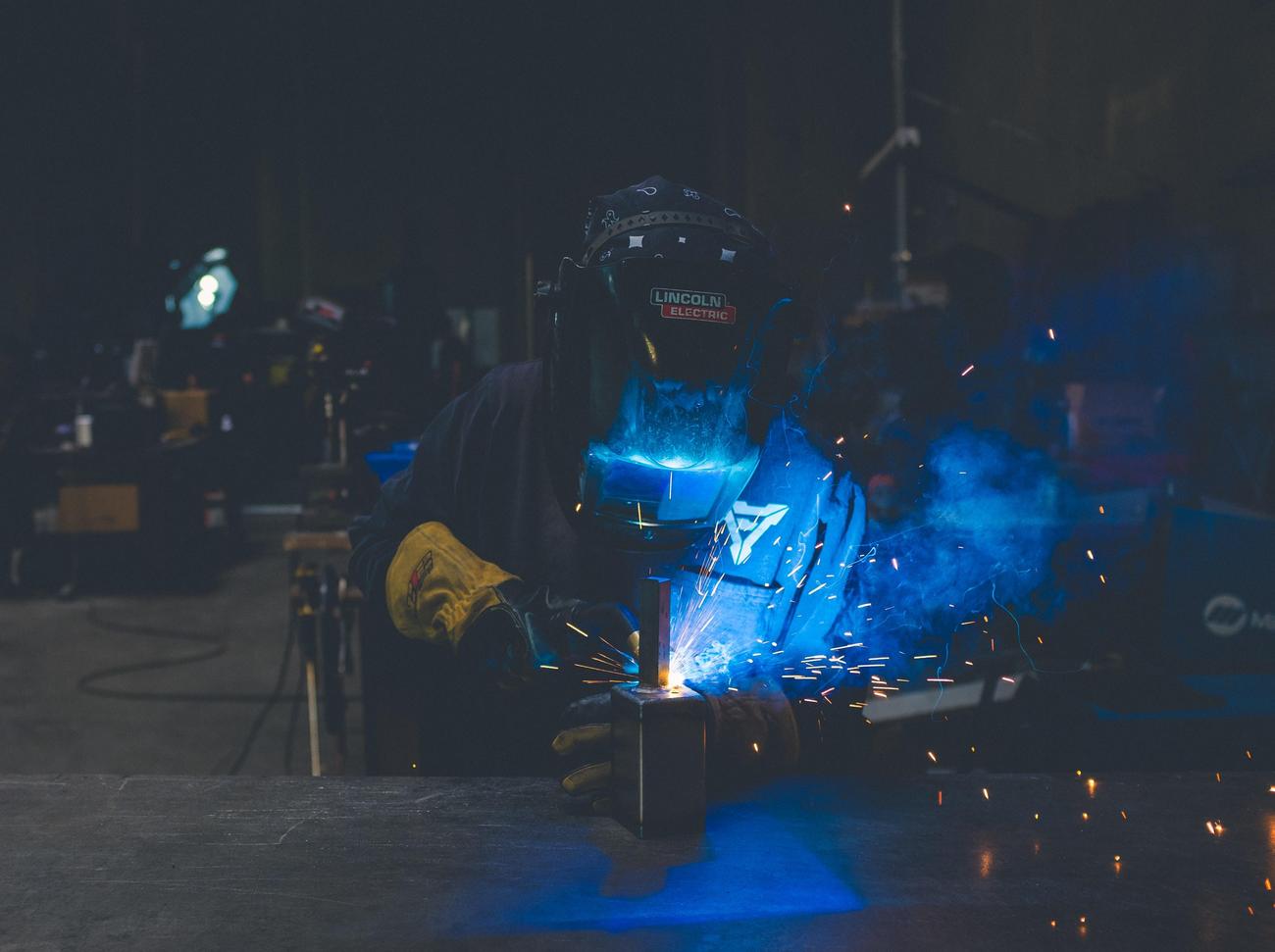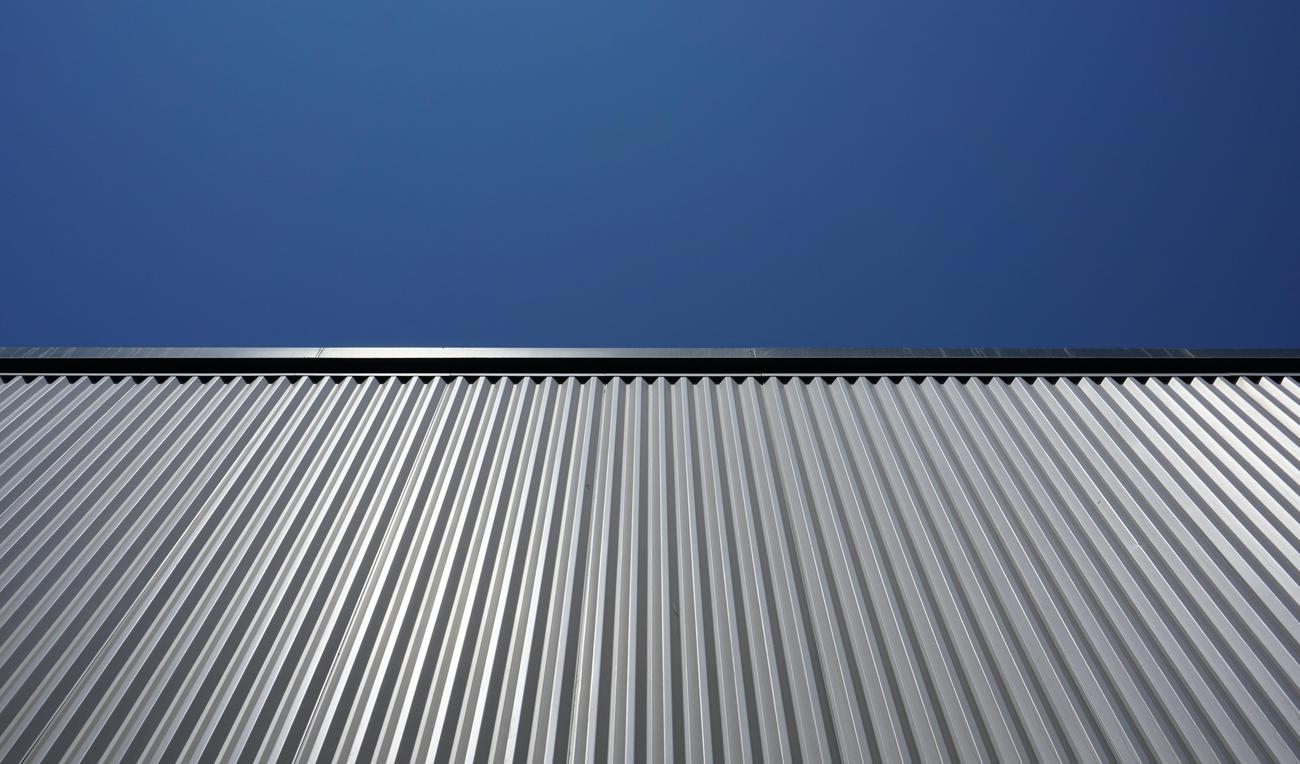Steel production, an essential part of our modern industrial world, is not without its environmental consequences. From carbon emissions that contribute to global warming, to deforestation driven by the extraction of raw materials, to water pollution resulting from the manufacturing process – the environmental impact of steel production cannot be ignored. In this article, we will delve into the depths of this issue, uncovering the hidden costs and exploring innovative solutions to minimize the ecological footprint of the steel industry. Brace yourself for an eye-opening journey that reveals the true environmental impact of steel production and offers insights towards a sustainable future.

Environmental Impact of Steel Production
Steel production plays a significant role in the global economy, but it also comes with a heavy environmental cost. From carbon emissions to deforestation, the production of steel has far-reaching consequences for our planet. In this article, we will delve into the environmental impact of steel production, exploring its key challenges and proposing innovative solutions.
The Carbon Footprint of Steel Production
When it comes to carbon emissions, steel production takes the lead. It is the most energy-consuming and CO2 emitting industrial activity worldwide, accounting for approximately 6% of total CO2 emissions. However, it’s important to note that the steel industry has made significant progress in recent years. Through the adoption of more efficient processes and systems, the industry has reduced the energy required to create a tonne of steel by over 60% since the past 50 years. This shows that progress is possible, and there is hope for a greener future.
“While steel production remains a major contributor to carbon emissions, the industry has proven its ability to innovate and reduce its environmental impact.”
Beyond Carbon: Other Environmental Challenges
While carbon emissions are a major concern, the environmental impacts of steel production go beyond just CO2. The industry generates significant amounts of wastewater contaminants, hazardous wastes, and solid wastes. These byproducts can contaminate water bodies, degrade soil quality, and pose health risks to nearby communities. It’s crucial to address these challenges holistically to safeguard our environment and public health.
“Steel production’s environmental impact extends beyond carbon emissions, necessitating comprehensive solutions to tackle the industry’s waste and contamination issues.”
The Growing Demand for Steel
As the global demand for steel continues to rise, so does its environmental footprint. The production of steel has doubled since the year 2000, reaching a staggering 1808 million tons in 2018. This exponential growth puts immense pressure on natural resources and exacerbates the environmental consequences associated with steel production. It is imperative that we find sustainable solutions to meet the growing demand for steel without compromising our planet’s well-being.
“The increasing demand for steel calls for innovative approaches that balance economic growth with environmental sustainability.”
Greening Steel Production Methods
Thankfully, efforts are underway to develop greener steel production methods. These methods aim to reduce toxic emissions and minimize the industry’s overall environmental impact. One such approach is using renewable energy sources, such as solar and wind power, to power steel plants. This shift towards clean energy can significantly reduce carbon emissions and decrease the industry’s reliance on fossil fuels.
“By embracing renewable energy and adopting cleaner production methods, the steel industry can pave the way for a more sustainable future.”
Evaluating Environmental Impacts
To fully understand the environmental impacts of steel production, life cycle assessments have been used. These assessments evaluate the environmental consequences of both primary steel production and the recycling process of scrap steel. By quantifying the various environmental burdens associated with different stages of steel production, we can identify key areas for improvement and develop targeted solutions.
“Life cycle assessments provide valuable insights into the environmental impacts of steel production, guiding us towards effective mitigation strategies.”
The Role of the Steel Industry
The steel industry has a crucial role to play in mitigating climate change and reducing its environmental impact. By investing in research and development, the industry can innovate and implement greener technologies. Additionally, steel manufacturers can optimize their supply chains to reduce raw material waste and promote recycling efforts. These collective actions, coupled with regulatory support, can drive a substantial reduction in the industry’s environmental footprint.
“It is time for the steel industry to step up and actively contribute to a more sustainable future.”
In conclusion, steel production has significant environmental consequences that cannot be ignored. From carbon emissions to waste generation, the industry must address these challenges to ensure a more sustainable future. By adopting greener production methods, evaluating environmental impacts, and embracing innovation, the steel industry can move towards a more environmentally responsible and resilient future.
Note: This article is for informational purposes only. It is not intended to provide professional advice or advocate for specific policy measures.
Steel production is a fascinating process that involves the transformation of iron ore into the versatile and durable metal we know as steel. Have you ever wondered how this intricate process takes place? If so, you’re in luck! Click here to uncover the secrets of steel production and learn about the various methods and technologies used in the industry. With our detailed guide on “How Is Steel Made,” you’ll gain a deep understanding of this essential material and its significance in our everyday lives. So, what are you waiting for? Dive into the world of steel production by clicking this link: How Is Steel Made.
FAQ
Q: What are the environmental impacts of steel production?
A: Steel production has significant environmental impacts, including air emissions, wastewater contaminants, hazardous wastes, and solid wastes. It is also the most energy-consuming and CO2 emitting industrial activity in the world, accounting for around 6% of total CO2 emissions.
Q: How has the steel industry addressed its environmental impact over the years?
A: Over the past 50 years, the steel industry has made efforts to reduce its environmental impact by adopting more efficient processes and systems. It has successfully reduced the energy required to create a tonne of steel by more than 60%. The industry is also exploring greener production methods that emit fewer toxic emissions.
Q: What is the current production volume of steel?
A: The production of steel has doubled since the year 2000 and reached 1808 million tons in 2018. This growth in production raises concerns about the environmental consequences associated with the increased demand for steel.
Q: How does steel production affect climate change?
A: Steel production is a major contributor to climate change as it accounts for a significant amount of global CO2 emissions. The steel industry has been called upon to play a role in mitigating climate change by reducing its CO2 emissions and embracing cleaner production methods.
Q: What is the relationship between steel production and the environment?
A: The relationship between steel production and the environment is complex and multifaceted. It involves issues related to raw material availability, energy resources, and disaster risks. It is important to closely examine this relationship to ensure sustainable steel production and minimize its negative environmental impact.















